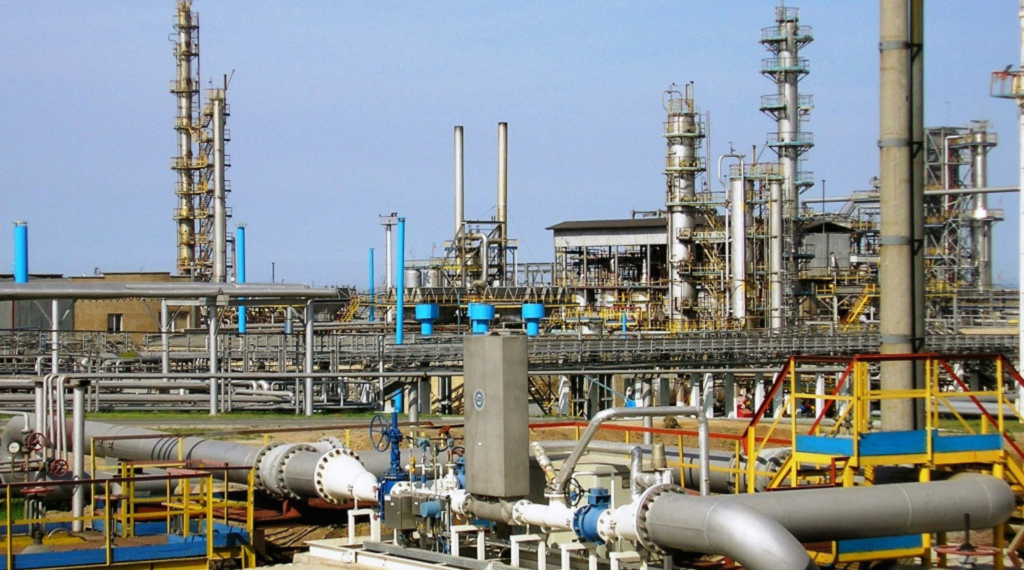"Work is essential for improving quality of life": Armenia's labour market in numbers
Armenia’s labour market in 2024
Armenia continues to mark 1 May. In Soviet times, the date was celebrated as International Workers’ Day and a symbol of labour solidarity. In post-Soviet countries, it now carries different names. In Armenia, it is officially known as Labour Day. In his address marking the occasion, Prime Minister Nikol Pashinyan said:
“Labour is a tool through which it is possible to improve the quality of life of an individual and of society. The key word here is ‘possible’. Labour is, of course, necessary, but not sufficient on its own to improve lives. Only effective work brings satisfactory results. And to be effective, labour must be based on knowledge, continual skill development — in other words, education and learning.”
Pashinyan frequently comments on the state of the labour market, sharing updated data on job creation and salary growth. In his view, the trends during his premiership have been positive.
- Thousands of unreliable borrowers in Armenia to receive state aid to repay loans
- Equality day: 52% of Armenian women unemployed, never intended to work
- “A blow to microbusiness in Armenia”: experts on the abolition of tax incentives
More jobs and higher wages in 2024
By the end of 2024, Armenia had 760,555 registered jobs — a 5.2% increase compared to 2023. In February 2025, Prime Minister Nikol Pashinyan compared these figures to those from 2018, before his premiership, highlighting what he called clear growth:
“Since 2018, over 203,000 jobs have been created in Armenia. This is a significant achievement both in absolute numbers and in terms of percentage growth.”
He also reported that the average monthly salary in 2024 reached 287,172 drams ($743), which is 114,445 drams ($296) — or 66.3% — higher than in 2018. The Prime Minister noted that wage growth has far outpaced inflation:
“From 2018 to today, inflation totalled 25.3%. This means wage growth exceeded inflation by roughly 40%.”
“2024 saw the slowest wage growth”
According to the Labour Market of Armenia–2024 report by Staff.am, 2024 recorded the slowest wage growth since 2018.
“This may be partly due to the departure of high-earning foreign IT specialists from Armenia,” the authors suggest.
The lowest wages remain in the Gegharkunik and Shirak regions. Notably, in Syunik Province, salaries are comparable to those in the capital:
“This is due to the presence of large mining companies operating in the region,” Staff.am analysts explain.
Women earn less than men
According to the study, in 2024 the wage growth for women and men was nearly equal. For example, in 2023, women’s wages rose by 12%, while men’s increased by 17%. But in 2024, the trend shifted:
“Wage growth for women and men in 2024 was almost the same. As of October, women’s wages had even increased at a slightly higher rate.”
However, in the highest-paying sectors, men’s salaries remain significantly higher:
“The biggest gap is in the financial sector — around 66%. In IT and communications, the difference is 40.7%, and in mining — 30%.”
Analysts suggest this may be due to men holding most of the top-paying positions in these fields — such as directors, department heads, and other senior executives.
Most in-demand professions
According to the Labour Market of Armenia–2024 report, the five most in-demand specialisations in Armenia are:
- banking and credit,
- sales and customer service,
- programming,
- marketing and advertising,
- administration.
Employers are now placing value not only on professional knowledge but also on soft skills such as negotiation and teamwork.
Outlook for 2025
According to the report’s authors, wage growth in 2025 is likely to depend on major developments in the labour market — such as the arrival of a large new company, increased investment and activity in the IT sector, or an influx of highly qualified professionals from abroad.
They also expect to see increased economic activity in Armenia’s regions, driven both by the overall creation of new jobs and by the emergence of high-paying roles in large companies.
The study notes that the continued growth of the financial and banking sector will depend not only on domestic developments but also on the broader economic and political situation in the region.























